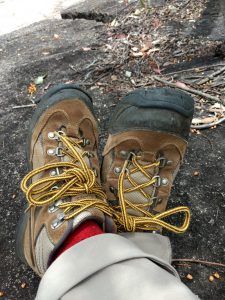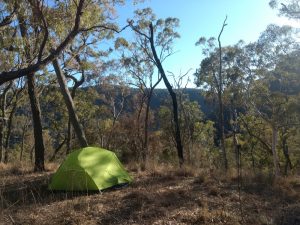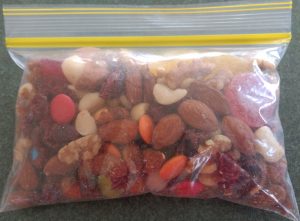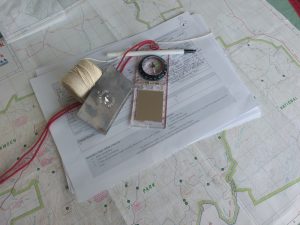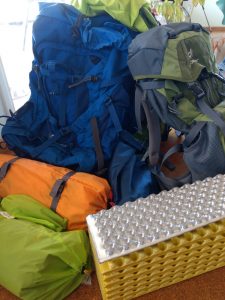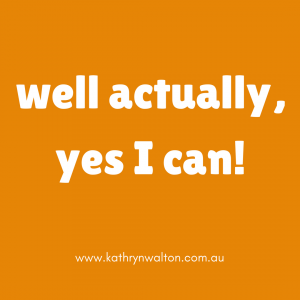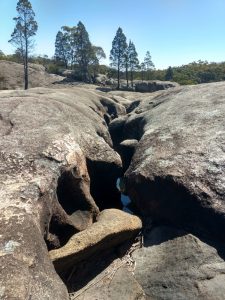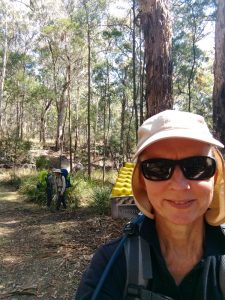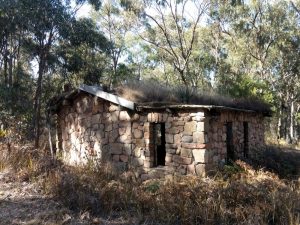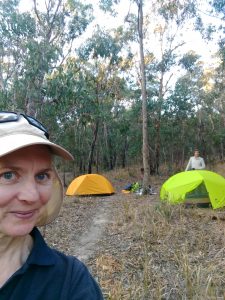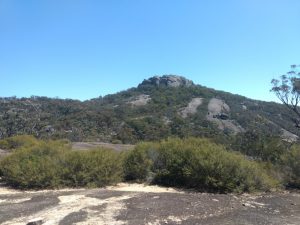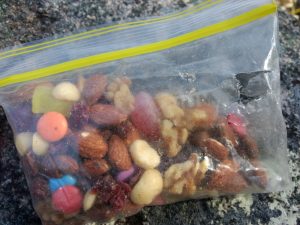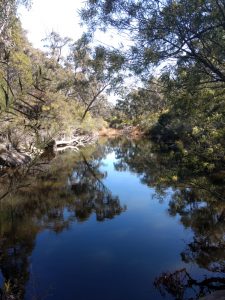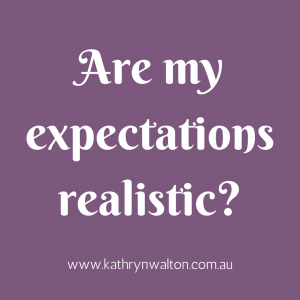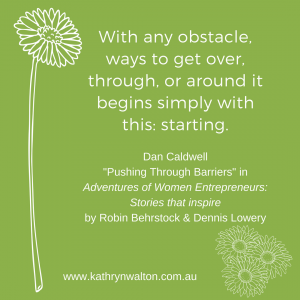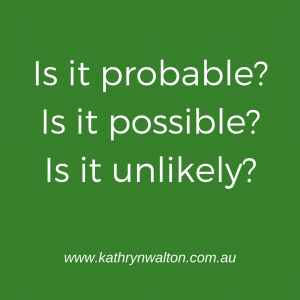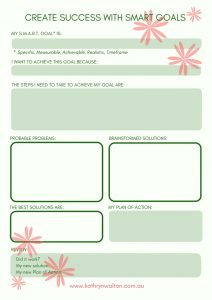Adventure activities inspire healthy choices
The Adventure Therapy Project has been inspiring and skilling women to make healthy choices for themselves by valuing self-care, spending time outdoors, challenging themselves in new ways, and being physically active. We’ve had amazing fun and free activities on the go throughout 2019 and 2020 including:
- bushwalks
- gentle nature walks
- birdwatching
- trail yoga (outdoors yoga)
- mountain biking
- canoeing
- bouldering
- nature craft workshops
- camping
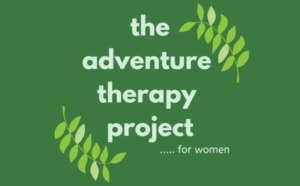
The evolution of The Adventure Therapy Project
It’s been super fun to be a part of this Project from identifying the gap in women’s outdoor activities in the community, to developing the concept, applying for funding, organising and implementing the activities, and seeing the women enthusiastically getting involved. The Project has been funded with a grant through the Empowering Our Communities initiative which supports communities adversely impacted by severe drought. The funds were made available through the Darling Downs West Moreton PHN.
The Project has hosted about fifty different events for a few hundred women mostly from the Southern Downs Region of southern Queensland. Six small businesses provided instruction in their speciality activities, and numerous community groups and individuals shared information about the activities. Many men and women have told me that although they haven’t participated, they’ve been inspired to get outdoors and get active simply by hearing and seeing the Project in action. How awesome is that!
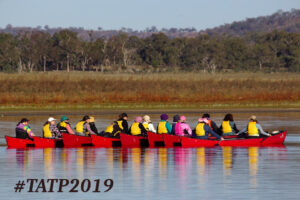
Outdoor adventures are a valuable part of mental health and self-care
Spending time outdoors can be incredibly valuable for almost every aspect of human health and wellbeing. The outdoors, and especially natural spaces, have a pretty unique advantage. They offer infinite opportunities for the development, growth and restoration of the whole self. Nature can both challenge and heal your physical body, mind, emotions and spirit. Spending time in nature also supports connection with others, connection with the inner self, and a greater understanding and connection to the world around us.
Having worked for many years as a mental health worker in the public and private sectors I believe that mental health deserves much broader attention than what the current medical model allows. There is a tendency to focus narrowly on formal diagnosis of specific mental illnesses and treatments which frequently include medication and/or talking therapies.
I believe that we need to examine and adjust ALL the systems that impact mental health at an individual, family, workplace and community level. And we need to do this not only when someone experiences distress, but most importantly to prevent and minimise problems that inevitably will occur in life. Healthy lifestyle choices are particularly relevant to preventing and managing general mood disturbances such as feeling anxious, ‘down’ or mild to moderately depressed, stressed and tiredness (where there is no other known medical condition).
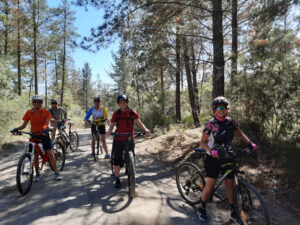
Mental health can thrive when the foundations are strengthened
Thriving mental health is built upon strong lifestyle foundations of:
- physical activity including general movement, exercise and activity levels
- sleep
- nutrition
- mind skills, and
- connection with the world around us including the natural world and social connections
A strong foundation does not mean that an individual will always bounce happily and easily through life, but it does mean that they are in a better position to manage their life stresses and challenges.
Your bio-chemistry changes when you move and exercise. It also changes with the nutrition you take into your body, the quality and quantity of sleep you have, the way you think, and the connections you have with other people and even when you spend time outdoors in nature. We need to value and adjust each of these systems to truly make a difference to mental health. Outdoor adventures go a very long way towards supporting each of these foundations.
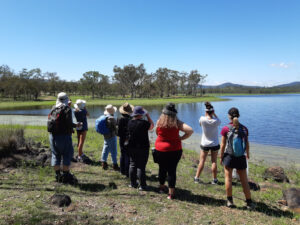
The success of The Adventure Therapy Project
Two years ago I felt I needed to constantly justify why I wanted to take small groups of women on outdoor adventures. For years and years I provided talking therapies in closed rooms and saw patterns repeating themselves. Occasionally you can convince someone to get outdoors and get active for their health. But to actually take them outdoors and be active with them, that’s something pretty special. That helps to overcome some of the hurdles that get in the way. With increased exercise, connection with nature, new physical and mental skills, and new friendships, you’ll tend to sleep better as well.
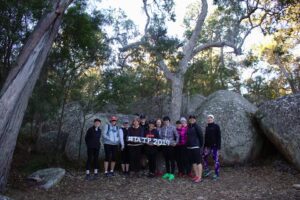
What’s next for The Adventure Therapy Project?
It hasn’t been completely plain sailing for the Project. The funding targeted the drought affected community but when bushfires ravaged the region and filled the air with thick smoke, we pushed the pause button for a few months. Likewise, COVID-19 has impacted in a variety of ways. Following these disruptions the Project was extended for another six months and now it is complete. When another round of the same funding was announced in 2020, the Project was no longer eligible due to new guidelines which excluded face-to-face activities.
So, for now The Adventure Therapy Project has paused. I’m spending my time and energy this summer on creating some new online resources that I’ll be excited to share with the community shortly. If you’d like to be the first to hear about new releases and new adventure activities, be sure to subscribe to my Grounded Inspiration email.
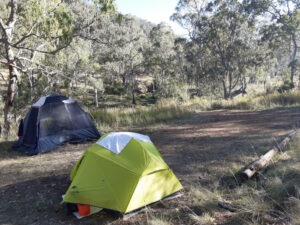
Disclaimer: The information in this article is intended for general information only. Please always seek individual advice from a health professional or crisis centre such as Lifeline (ph 13 11 14) if you have any concerns about your own mental health and safety or the mental health and safety of another person.
Discovering mountain biking as life’s ultimate parallel universe in her middle age, Kathryn Walton shares information and reflections that inform, inspire and empower women to a healthy and active lifestyle.


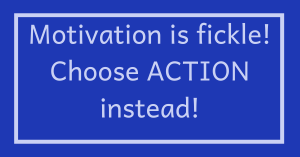

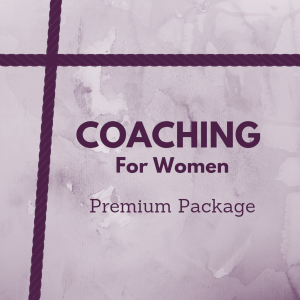
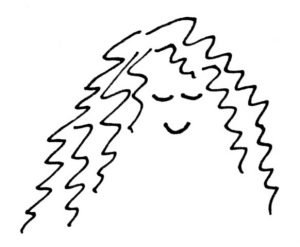
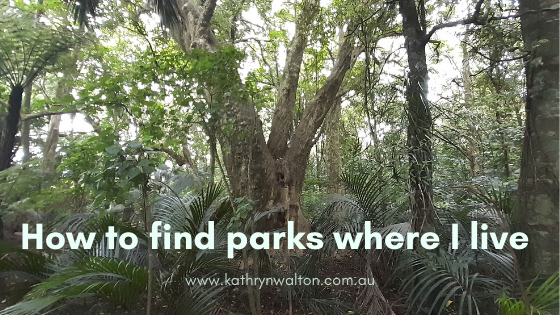 At the time of writing this post, it’s late May 2020 and Australia is going through a staged process of coming out of isolation. The world is striving to manage human health needs during the COVID-19 pandemic. I’m seeing and hearing a lot of enthusiasm from people to get out and socialise more, but also to reconnect with outdoor spaces and places. That includes people who haven’t been especially interested in the outdoors before. I think people have become more aware of the role that getting out and about and
At the time of writing this post, it’s late May 2020 and Australia is going through a staged process of coming out of isolation. The world is striving to manage human health needs during the COVID-19 pandemic. I’m seeing and hearing a lot of enthusiasm from people to get out and socialise more, but also to reconnect with outdoor spaces and places. That includes people who haven’t been especially interested in the outdoors before. I think people have become more aware of the role that getting out and about and 